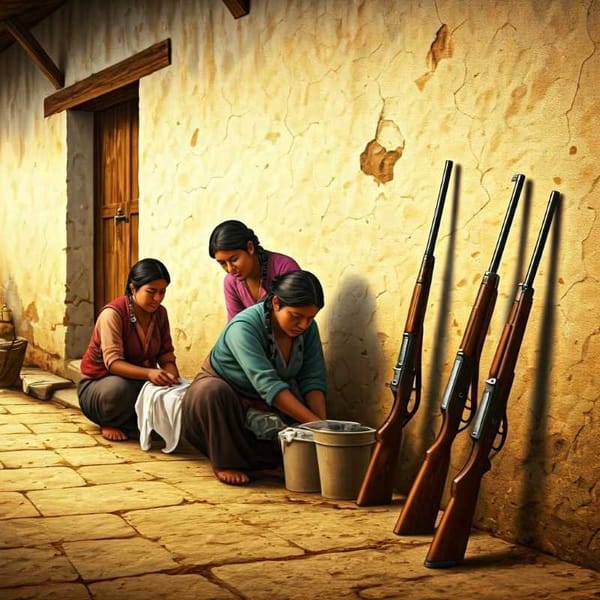Eugenio Caballero: The Mastermind Behind the Art of Storytelling in Film
Discover the life and work of Eugenio Caballero, a visionary production designer behind iconic films like Pan's Labyrinth and Roma. Explore his creative process and the impact of his art on storytelling in cinema.

Eugenio Caballero, born in Mexico City in 1972, has established himself as one of the most influential and sought-after production designers in the international film industry. Over more than two decades, he has been responsible for the mesmerizing production design, decoration, and art direction of numerous films, enchanting audiences with his ability to create intricate and immersive worlds on screen. Caballero has always asserted that art design is not merely about aesthetics, but also serves a narrative purpose, evoking emotions and ideas through color, volume, and texture.
An Early Start in the World of Film
Caballero's passion for film and art emerged at a young age. At just 17, he began studying Art History and Film History at the University of Florence. Upon returning to Mexico, he launched his career in the film alongside production designer Brigitte Brosch on the groundbreaking film "Romeo + Juliet," directed by Baz Luhrmann, in 1996. This opportunity marked the beginning of a stellar career that has seen Caballero collaborate on around twenty feature films, including the critically acclaimed "Pan's Labyrinth" (Guillermo del Toro, 2006), "The Impossible" (J. A. Bayona, 2012), and "Roma" (Alfonso Cuarón, 2018).
Crafting Immersive Worlds: Notable Projects
Pan's Labyrinth
One of Caballero's most iconic works is his collaboration with visionary filmmaker Guillermo del Toro on the dark fantasy film "Pan's Labyrinth." In this movie, Caballero's imaginative production design played a crucial role in shaping the eerie, dreamlike atmosphere that has since become synonymous with the film. Caballero's work on "Pan's Labyrinth" earned him an Oscar for Best Art Direction, alongside Pilar Revuelta, two Ariel Awards for Best Art Design and Set Design, and an Art Directors Guild Award.
The Impossible
In 2012, Caballero teamed up with director J. A. Bayona on the gripping disaster drama "The Impossible." Caballero's keen attention to detail and ability to evoke emotions through his designs contributed to the film's harrowing depiction of the 2004 Indian Ocean tsunami. His immersive set design helped transport viewers into the heart of the catastrophe, amplifying the human stories at the core of the film.
Roma
Caballero's work on Alfonso Cuarón's semi-autobiographical masterpiece "Roma" in 2018 further solidified his status as a leading production designer. In this black-and-white film, Caballero successfully captured the essence of 1970s Mexico City, bringing Cuarón's vision to life in stunning detail. By meticulously recreating period-specific sets, Caballero allowed audiences to fully immerse themselves in the world of "Roma."
A Legacy of Storytelling Through Art Design
Eugenio Caballero's contributions to the world of film extend far beyond his impressive list of credits. His approach to production design has not only shaped the way stories are told on screen, but has also demonstrated the power of art direction in transporting audiences to new worlds, evoking emotions, and enhancing the impact of a film. As a trailblazer in his field, Caballero's work will undoubtedly continue to inspire future generations of filmmakers and production designers, proving that the art of storytelling in the film is limited only by the boundaries of our imagination.




